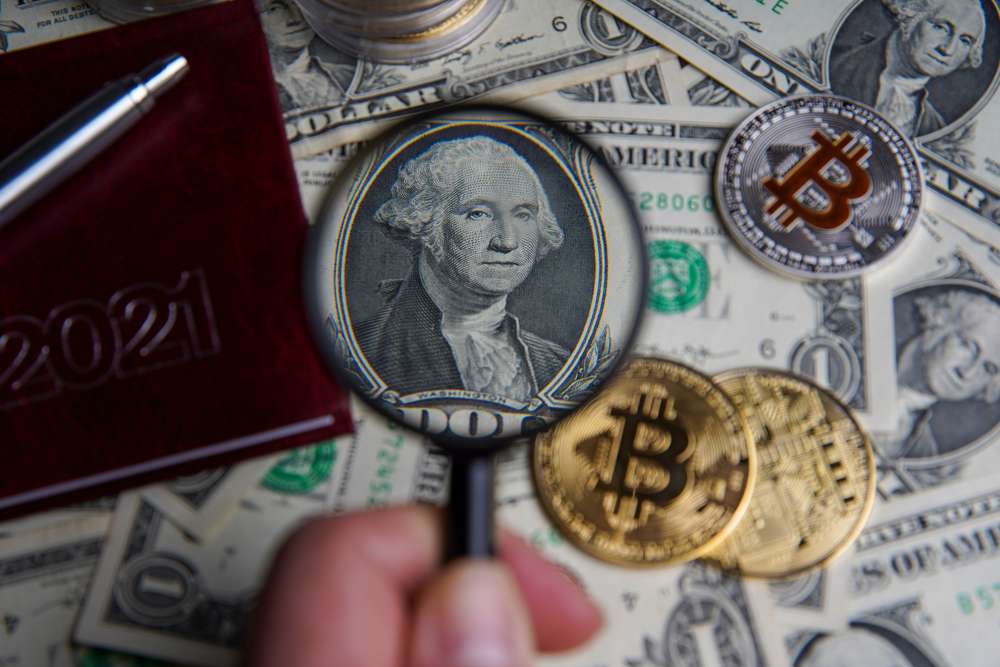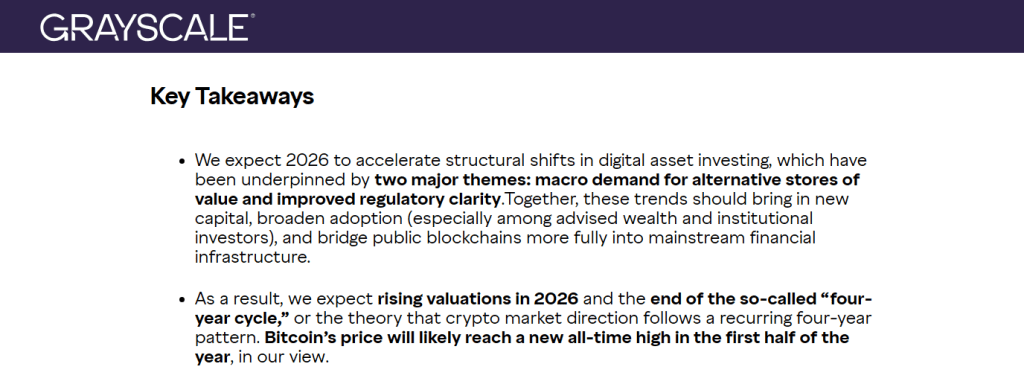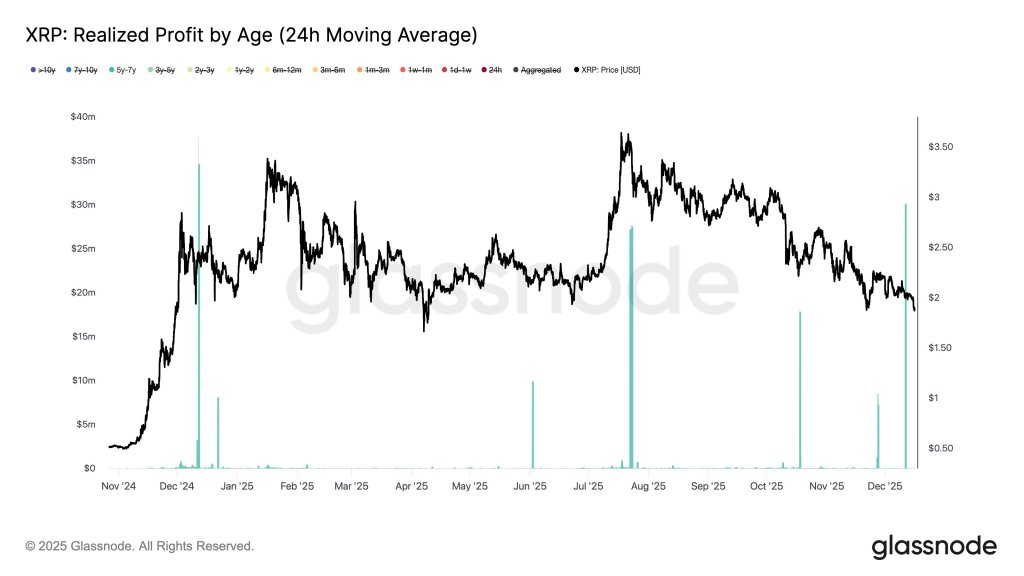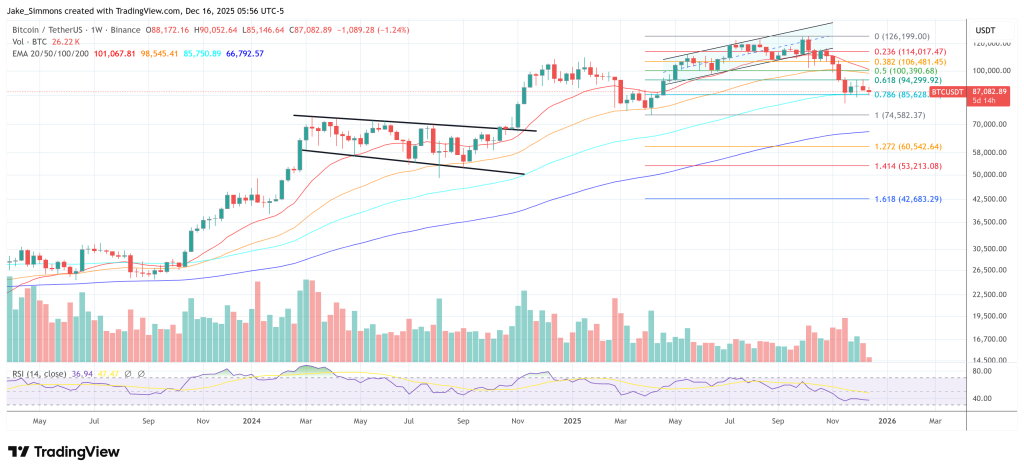
Crypto’s Movement in Washington: A Regulatory Capture Reckoning
As the crypto industry tightens its grip on Washington, D.C., concerns are rising about whether regulation is being shaped for the public good—or to serve a select few.
Regulatory Capture in the Spotlight
Regulatory capture, where government agencies act in favor of industry players rather than the public, has become a hot-button issue as crypto lobbying ramps up in the capital. Industry giants and politically connected players are increasingly shaping crypto policy, potentially sidelining competitors and public interest alike.
One recent flashpoint: the launch of USD1, a stablecoin tied to the Trump family’s decentralized finance venture, World Liberty Financial (WLFI). In a letter dated March 28, senators raised alarm bells over possible conflicts of interest, suggesting President Trump could interfere with regulatory decisions to favor his family’s crypto interests—particularly as Congress debates the GENIUS Act, legislation set to shape the stablecoin market.
A Tense Landscape of Influence
The crypto industry’s power play isn’t limited to the Trump administration. Coinbase, one of the sector’s biggest players, has been accused of lobbying for regulations that could kneecap competitors. CEO Brian Armstrong’s suggestion to delist Tether’s USDT if the bill passes—paving the way for Coinbase-backed USDC—was seen by many as an aggressive attempt to corner the market.
Crypto insiders like Nic Carter and Vance Spencer were quick to criticize. Carter compared the tactics to those of Sam Bankman-Fried, while Spencer called it “a blatant attempt at regulatory capture… at the expense of U.S. national interest.”
When Advocacy Becomes Capture
Notably, regulatory capture isn’t new to Washington. What’s unique is how effectively crypto players—once seen as disruptive outsiders—are now navigating the halls of power. Under Biden, traditional finance’s lobbying shaped a tougher stance on crypto. Now, the pendulum may be swinging the other way.
As George Selgin of the Cato Institute puts it: “Financial regulatory capture is an old story; only some new players are now proving to be adept hunters.”
Even crypto advocates acknowledge that lobbying is becoming an electoral weapon. According to Dave Grimaldi of the Blockchain Association, crypto funding helped elect pro-crypto lawmakers—and unseat skeptics.
The Stakes for Stablecoins and the Market
Stablecoins are at the center of this battle. With the U.S. poised to regulate them through the GENIUS Act, insiders worry that legislation could entrench incumbents and stifle competition—especially if it lacks checks against favoritism.
Critics argue that favoritism for a select few stablecoin issuers could undermine innovation and erode public trust in the sector.
What Can Be Done?
Experts have proposed solutions, such as independent panels or “Sentinels” to monitor regulators. But these ideas face political resistance—after all, lawmakers have little incentive to oversee themselves.
Selgin emphasizes that the core issue isn’t influence—it’s outcome. “If a regulation is harmful, it’s harmful whether it was lobbied for or not.”
The Road Ahead
Crypto’s influence is growing—but so are the consequences. Whether it’s favoring politically connected stablecoins or sidelining competitors through lobbying, the risk of regulatory capture is real. The public’s trust in crypto policy hinges on a transparent, fair process that prioritizes long-term innovation over short-term gain.
If lawmakers don’t address this imbalance, the result could be a less competitive, less trustworthy crypto ecosystem—ironically, the very thing the space set out to disrupt.





